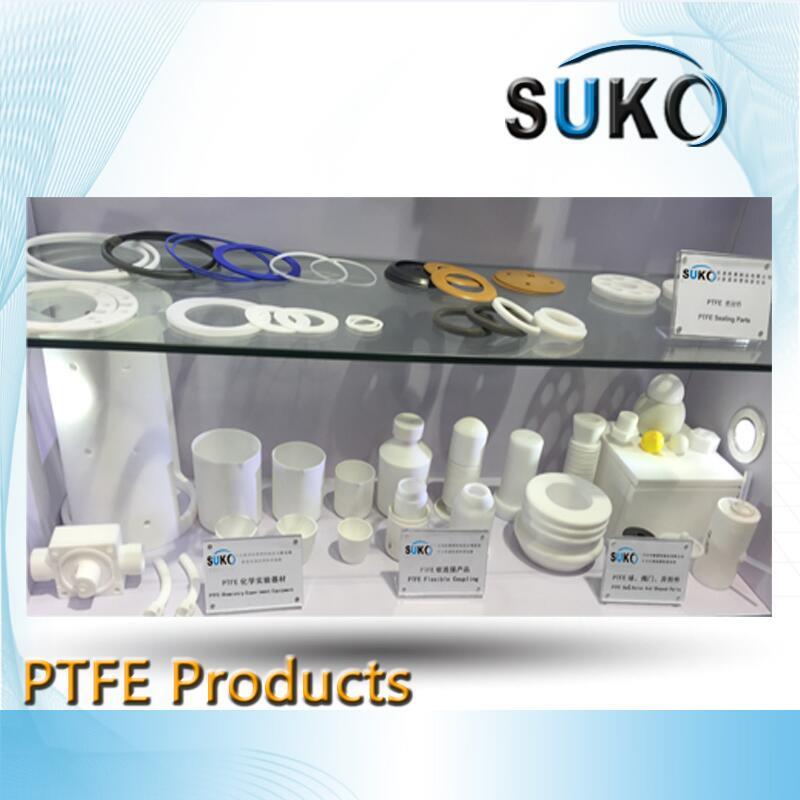PTFE seals and sealing solutions are used in the more traditional sealing markets like pneumatics and hydraulics as well as in aerospace, energy, oil and gas, the life sciences sector and in the field of renewable energies.
Characteristics of PTFESeals made from PTFE (Polytetrafluoroethylene) are used where many other sealing materials (like elastomers, PUR, fabric materials,etc.) fail to meet the required temperature range, chemical resistance or friction and wear requirements.PTFE was discovered by accident in 1938 by Dr. Roy J. Plunkett of Du Pont’s Jackson laboratory in New Jersey, USA. While investigating gases related to fluorinated refrigerants, he found that one sample left overnight in a pressurized storage cylinder had polymerised spontaneously to a white, waxy solid. This solid proved to have a unique composition with remarkable properties. The molecularstructure of PTFE is based on a linear chain of carbon atoms which are completely surrounded by fluorine atoms. The carbon-fluorine bonds are among the strongest occurring in organic compounds.
- Thermal stability across a wide temperature range: PTFE’s high melting point (342 °C) and morphological characteristics allow components made from the resin to be used continuously at service temperatures up to 260 °C. Above this temperature the components’ physical properties tend to decrease,causing heat-aging and material degradation. PTFE is used at cryogenic temperatures to seal critical media such as liquid nitrogen (-196 °C), liquid hydrogen (-253 °C) and liquid helium (-269 °C). PTFE has the unique ability to resist material degrada-tion, heat-aging and alteration in physical properties during temperature cycling.
- Low friction/dry running capability: PTFE has the lowest friction coefficient of any known solid. It has self-lubricating capabilities, offering continuous dry running ability in dynamic sealing applications.
- Extreme chemical resistance: The intra polymer chain bond strengths of PTFE preclude reaction with most chemicals,thereby making them chemically inert at elevated temperatures and pressures with virtually all industrial chemicals and solvents . Only a few media are known to react with PTFE: alkali metals, fluorine and a few fluoro-chemicals such as chlorine tri-fluoride and oxygen difluoride. PTFE is suitable for contact with food and satisfies FDA requirements.
It is clear that from a sealing point of view, these unique characteristics give PTFE capabilities that exceed those of conventional elastomeric sealing materials.Other outstanding properties are:
- Reduced stick-slip
- Unlimited shelf life: PTFE does not age over time and is not affected by ultraviolet light.
- No explosive decompression: PTFE is not susceptible to saturation of high-pressure gas that can expand violently and cause explosion of the material when the pressure is suddenly removed.
- No swelling due to moisture absorption.
- Safe for use in vacuum conditions.
- Excellent electrical properties: High dielectric strength, low dielectric constant and very high electrical resistance.

Post time: Mar-13-2017

